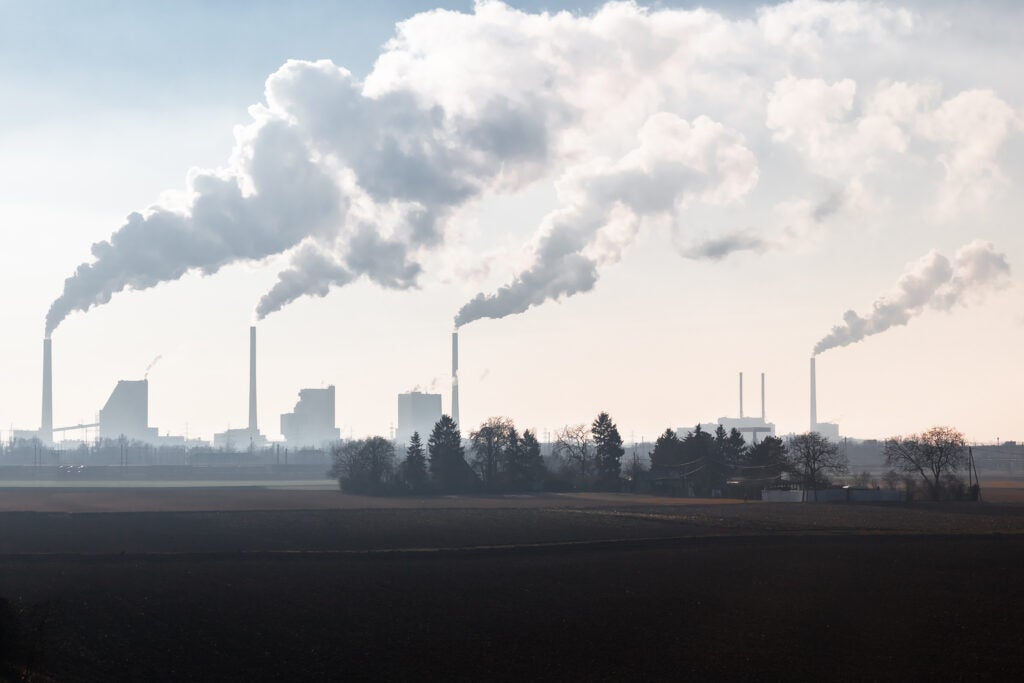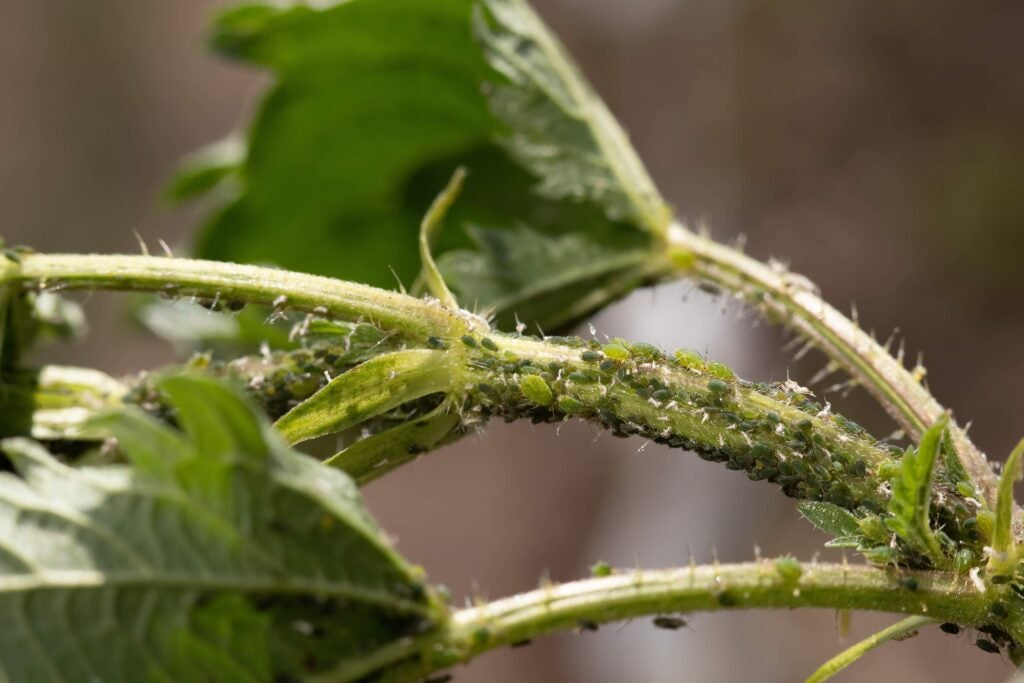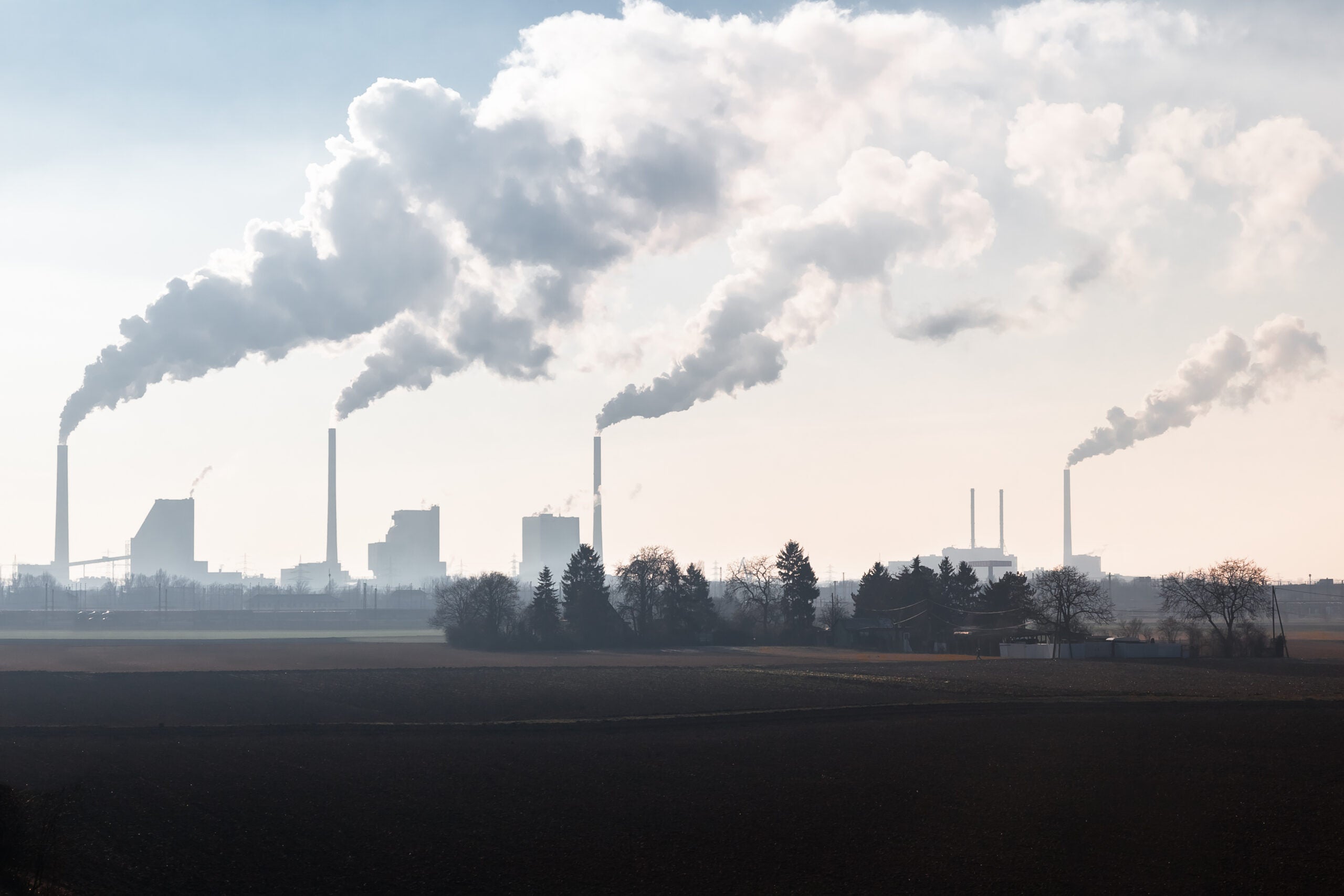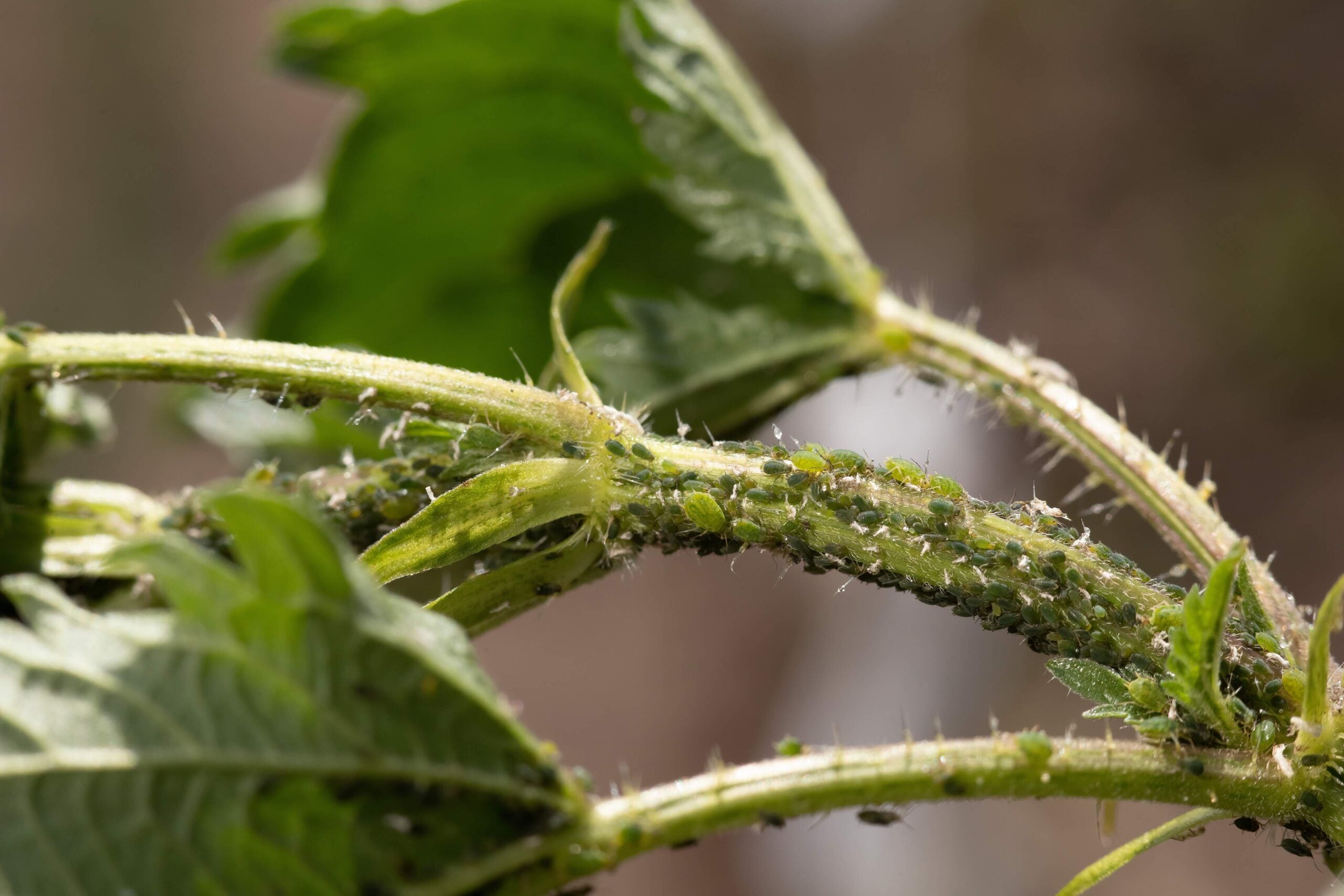ECo Impact Awards: 2023 Recipients
The ECo Impact Awards provide seed funding for Georgetown faculty across schools and campuses to support environmental and sustainability projects. These awards aim to foster new collaborations, interdisciplinary research, and actionable initiatives, making Georgetown a greener and more vibrant institution.
2023 Recipients
Building green futures in arid lands: Energy transitions and paradoxes of sustainability in Morocco and Namibia
Silvia Danielak, Meredith McKittrick
Developing a population model to quantify Bottlenose Dolphin abundance in the mid-Chesapeake Bay
Janet Mann, Verena Conkin, Daniel Linden, Eric Patterson
Exploring nanoporous Cu-based bimetallic foams as novel electrocatalysts for mitigating environmental stressors
Kai Liu, YuYe J. Tong, Dejun Chen
The impact of temperature on vector-borne disease transmission in staple crops
Oswaldo Villena, Ali Arab, Peter Armbruster
Project Details
Building green futures in arid lands: Energy transitions and paradoxes of sustainability in Morocco and Namibia

- Silvia Danielak, Earth Commons Postdoctoral Fellow
- Meredith McKittrick, Associate Professor, Department of History
This interdisciplinary project focuses on green transitions beyond the world’s wealthiest nations. Across the globe, countries that share colonial legacies, high levels of economic inequality, and severe vulnerability to climate change are using infrastructure to create sustainable futures. Who is included and excluded from these plans for “green futures,” and who is expected to bear the costs of these transitions? We begin by co-authoring an article on plans for sustainable development in Namibia and Morocco. Through qualitative field research and archival research, we trace their paths towards a green transition, the choices they are making along the way, and the implications of such plans for equitable and inclusive development. We will then broaden the conversation about green energy transitions in the Global South, via a workshop hosted in partnership with the Earth Commons. Finally, we will seek funding to continue the collaborative partnerships established through that workshop.
Developing a Population Model to Quantify Bottlenose Dolphin Abundance in the Mid-Chesapeake Bay

A wild Bottlenose dolphin
- Prof. Janet Mann, Distinguished University Professor, Departments of Biology and Psychology
- Verena Conkin, Graduate Student
- Dr. Daniel Linden (NOAA, statistician, population modeler)
- Dr. Eric Patterson (Cetacean & Pinniped Lead, National Marine Fisheries Service, Office of Protected Species)
Bottlenose dolphins in the Potomac River? In the Chesapeake Bay and lower Potomac River, bottlenose dolphins (Tursiops truncatus) are seasonally present with peak sightings in the summer months. Our preliminary data suggest that multiple stocks use this area, though the National Oceanographic and Atmospheric Administration (NOAA) excludes the Chesapeake Bay in their marine mammal stock assessments for the Western North Atlantic. As dolphins are apex predators with a disproportionate influence on marine ecosystems, effective dolphin management hinges on reliable population estimates, life-history data, and accurate spatial distribution data. In collaboration with NOAA scientists, we plan to pilot a new survey design as part of the Potomac-Chesapeake Dolphin Project (est. 2015) long-term data set, which will quantify abundance, spatio-temporal trends, and habitat use in the middle Chesapeake and lower Potomac River, thereby aiding federal and state efforts to manage marine mammal stocks as mandated by the Marine Mammal Protection Act (1972). We will use a multi-faceted approach that incorporates mark-recapture techniques and distance sampling methods to to develop a population model, and employ novel drone technology to assess group size and demographic characteristics; the award will support a new collaboration with NOAA-National Marine Fisheries scientists.
Exploring nanoporous Cu-based bimetallic foams as novel electrocatalysts for mitigating environmental stressors

- Prof. Kai Liu, Physics Department
- YuYe J. Tong, Chemistry Department
- Dejun Chen, Environmental Metrology & Policy Program
Mitigating greenhouse gases such as carbon dioxide and environment-polluting nitrate is of the greatest contemporary urgency. Electrochemical reductions of these gases to benign species are promising approaches, as such electrochemical reactions can, in principle, be enabled at ambient temperature and driven by renewable energies with superior technical simplicity for scaling-up. However, it is essential to develop viable electrocatalysts for large-scale practical applications that are stable over long-term, economically competitive, and highly active and selective for targeted catalytic reactions. This pilot project aims to develop nanoporous copper-based bimetallic foams as a novel platform of electrocatalysts to neutralize harmful environmental stressors. It leverages the complementary strengths of Kai Liu’s materials synthesis and engineering and YuYe J. Tong’s electrocatalysis laboratories. The bimetallic foams will be synthesized and physically characterized by Liu’s group. The Tong laboratory (together with Dejun Chen) will then investigate their electrocatalytic properties and reaction mechanisms. The electrocatalytic properties so obtained will be feedback to Liu’s laboratory for electrocatalysts optimization in terms of elemental composition, surface structure and porous hierarchical structure. Such an iterative process will be used to develop bimetallic foam electrocatalysts for mitigating environmental stressors.
The impact of temperature on vector-borne disease transmission in staple crops

A colony of green peach aphids
- Oswaldo Villena, Postdoctoral Researcher, The Earth Commons Institute
- Ali Arab, Associate Professor, Department of Mathematics and Statistics
- Peter Armbruster, Davis Family Distinguished Professor, Department of Biology
Global temperature has increased by 0.18° Celsius per decade since 1981. The 10 warmest years in have all occurred since 2010, and July 4, 2023 was the hottest day ever recorded globally. Rising temperatures will have a significant impact on crop production, including from insect vectors and the pathogens they carry, which are both highly sensitive to temperature variations. The impact of crop pests and disease outbreaks can be devastating. For example, the Irish potato famine in the 19th century killed over one million people. Predicting when and where crop pests and diseases could occur is key to addressing major challenges for crop production, food availability, and food security. In this study, scientists from Georgetown University will identify sources of life-history trait data in response to temperature as well as the existing gaps in life-history trait data for vectors and/or pathogens that cause diseases in staple crops (e.g., potatoes, maize). In collaboration with the International Potato Center and the International Center of Insect Physiology and Ecology, the study will also generate data on life-history traits (e.g., development rate, fecundity) for Myzus persicae (Green peach aphid) and on the transmission rate of the Potato virus Y (PVY) at different temperatures.
2022 Recipients
From pollinators to people to past populations, 2022 ECo Impact Award recipients are expanding scholarship on environment and sustainability at Georgetown University and beyond
Recipients before 2022
Previously known as the Georgetown Environment Initiative’s Impact Program, recipients from 2013-2021 have utilized funds to pilot projects, explore new research topics, and seed new collaborations







